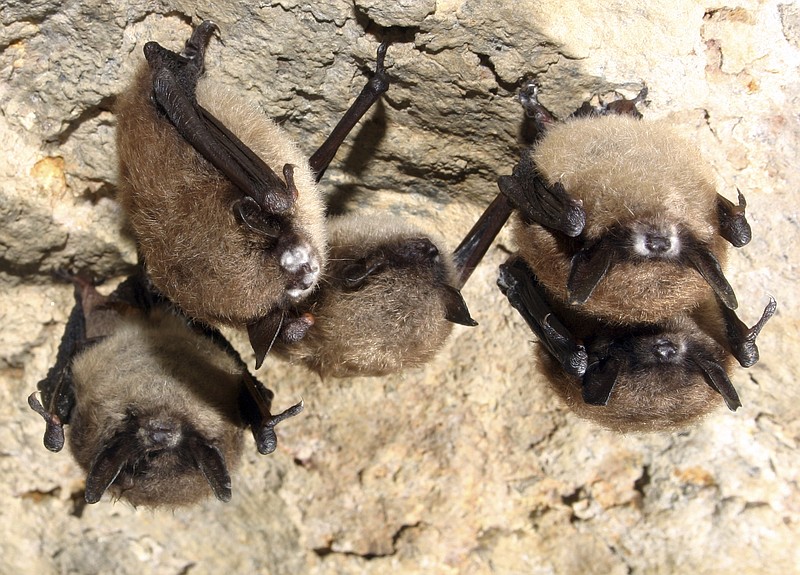
Researchers may have found a solution to white-nose syndrome, a disease that has killed millions of North American bats since it was first reported in 2007.
The science behind the findings is fascinating.
White-nose syndrome is caused by the fungus Pseudogymnoascus destructanswhich infects the skin cells (keratinocytes) of hibernating bats. It affects several species, but the once ubiquitous and now endangered little brown bat (Myotis lucifugus) is one of the most vulnerable.
![]() This image shows a little brown bat hibernating (Myotis lucifugus) infected with white-nose syndrome. Credit: Jonathan Mays
This image shows a little brown bat hibernating (Myotis lucifugus) infected with white-nose syndrome. Credit: Jonathan Mays
Little is known about how the fungus causes infection, making it difficult to develop countermeasures to treat or prevent infection.
For the first time, researchers from the University of Wisconsin-Madison in the US have investigated exactly how P. destructans invades and stealthily hijacks keratinocytes on the skin surface of bats.
They have identified an existing drug, gefitinib, that reduces this invasion in cell cultures and could potentially be used to treat or prevent the disease.
P. destructans is a psychrophilic, or cold-loving, fungus that grows best at temperatures between 12 and 16°C.
During hibernation, bats undergo multiple cycles of body temperature fluctuations between torpor (cold phase) and arousal (warm phase). White-nose syndrome causes bats to wake up more often, which uses up their limited fat reserves and causes them to starve to death.
The researchers cultured bat keratinocytes at different temperatures to mimic these conditions in the lab.
They found that the fungus uses a protein, epidermal growth factor receptor (EGFR), on the surface of keratinocytes to enter the cell. Mutations in the same receptor in human cells cause certain lung cancers, which are treated with gefitinib.
![]()
“Remarkably, when we inhibited the receptor with this drug, we stopped the infection,” said PhD candidate Marcos Isidoro-Ayza, first author of the study in Science.
“This is an FDA-approved drug that could potentially be used in the future to treat susceptible bat species.”
They also found that the fungus initially enters during dormancy, when bats’ immune systems are inactive and their body temperatures are in an ideal range for P. destructans to germinate and grow.
During dormancy, the fungus invades the bats’ skin cells with its hyphae (thin threads along which it grows and collects nutrients), without breaking the cell membranes.
To avoid detection during periods of excitement, the fungus manipulates the cells into engulfing them in a process called endocytosis. The spores are also coated with a layer of melanin that protects them from the cells’ strategies to kill invading microbes.
“This allows the spore to survive that period of excitement, and when the bat goes back into a state of torpor, the spores in its cells start to germinate again and continue to colonize the skin,” Isidoro-Ayza says.
P. destructans also blocks programmed cell death (apoptosis) in keratinocytes, preventing the clearance of infected cells.
“Because the cells are not killed, the fungus can remain in the tissue and invade deeper layers of the skin,” says Isidoro-Ayza.
With their new findings, the researchers hope that treatments and a possible vaccine will come closer.
![]()
